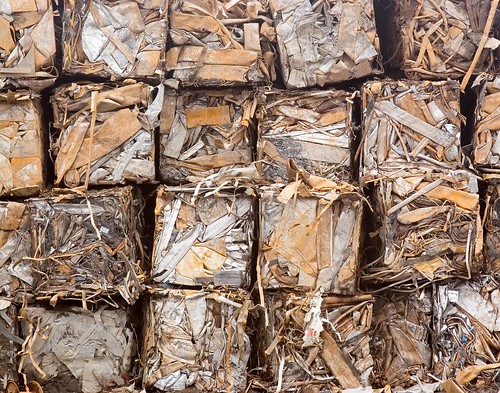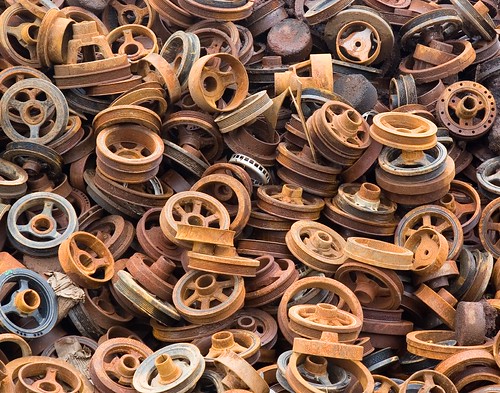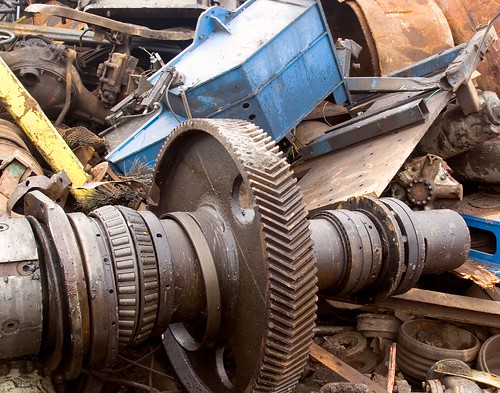My friend Mary Taylor recently returned from a holiday in Africa where she participated in a safari and captured some pretty nifty images. I'm jealous as hell. In comparison, I can only claim success in hunting down a mangy moose in Algonquin Park and a beaver swimming in his pond near my cottage. Somehow, that's just not the same as capturing a cheetah eating its kill.
I make do with visits to the zoo and nature preserves. The beauty of these environments is that you can get up close to the animals and, with a suitable lens (e.g. 70-300 mm on an APSC-sensor camera), you can get some good shots. You can also pick your weather and lighting conditions and go back several times to make sure you get the photos you want.
Mouflon - Toronto Zoo

In contrast, a trip to Africa typically lasts 2-3 weeks, the animals are free to come and go as they please and you just might not encounter good weather and lighting conditions at the time your "prey" decides to appear at the watering hole.
One of my favourite places to photograph animals is the Haliburton Wolf Reserve near Algonquin Park in Ontario, Canada. There is a typical wolf pack kept in a 75 acre reserve that is very close to their natural habitat. The wolves are fed by humans, but the feeding schedule is kept fairly erratic so that the pack is not allowed to lock into a schedule. When the pack is hungry, the wolves hang out near the food source, conveniently located next door to the viewing gallery. The gallery has thick glass that reflects the people in the gallery, presenting a challenge to the photographer.
Alpha Male watches from the woods

The best time to photograph wolves is in the wintertime where the trees are devoid of leaves, affording a good view of any shy wolves who stay back in the trees.
Strictly from an ecological point of view, zoos and reserves are probably a good thing. A trip to Africa carries a pretty hefty carbon consumption with it. Far better for the environment to bring the animals to the crowds instead of the crowds to the animals. Of course, there are many that argue that animals kept in artificial environments are disadvantaged somehow, but I'm not sure that the animals know or care whether they live in Africa or a suburb of Toronto.
Lion Couple Resting their Eyes

From a photographer's point of view, it is certainly more challenging and exciting to capture animals in their natural habitat. In the case of birds, it requires a great deal of patience and preparation or dumb luck. However, it is certainly possible to capture excellent images of animals in captivity that convey the essence of the beast. I don't think photographers should be ashamed of stalking animals in zoos or reserves and the popularity of the various zoo lover groups on flickr attest to the enjoyment that people get from this passtime. However, it just doesn't seem the same as chasing wild game in a land rover and shooting animals living life in the wild.





